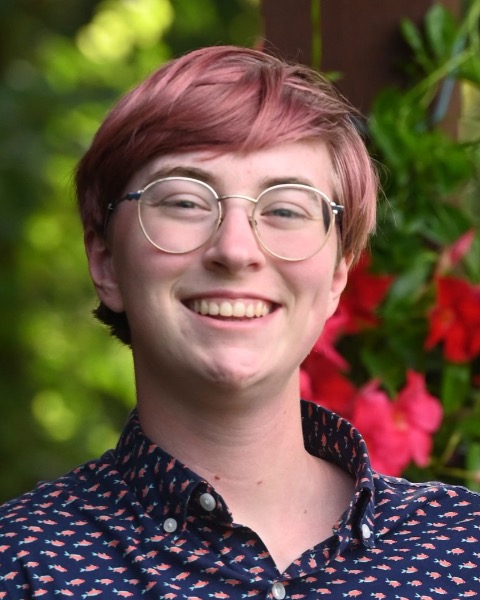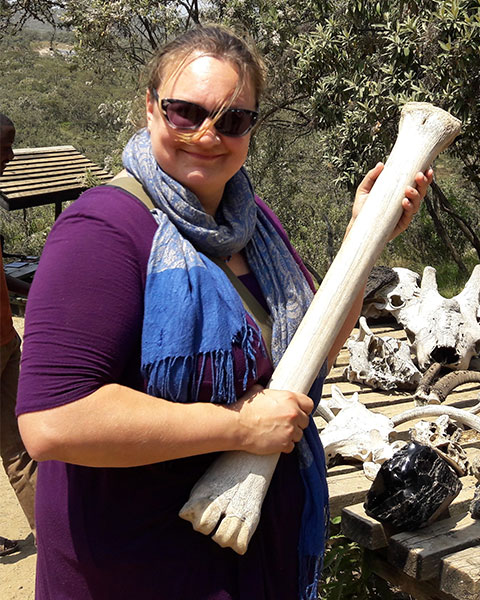Poster Display
Plant-Insect Ecosystems
D3483: Butterfly diversity and abundance in a restored grassland site in Cuyahoga Valley National Park

Leo Kuck (he/him/his or they/them/theirs)
Resource Management Assistant
National Park Service
Akron, Ohio- DM
Doug Marcum
National Park Service
Peninsula, Ohio - MG
Mariamar Gutierrez Ramirez
National Park Service
Peninsula, Ohio 
Christie Bahlai
Assistant Professor
Kent State University
Kent, Ohio- TF
Thomas P. Franzem
Kent State University
Kent, Ohio
Presenting Author(s)
Co-Author(s)
Ecological restoration can help ameliorate insect biodiversity loss, but the response of different taxonomic groups to restoration is poorly resolved. Monitoring butterflies in particular is valuable because they are often used as an indicator species and perform vital pollination services. Long term monitoring of butterfly populations at restoration sites can provide insight into the efficacy of restoration. In Cuyahoga Valley National Park (OH, USA), a butterfly monitoring program has been in place for over two decades. The Coliseum Grasslands site in CVNP was once composed of several farms, then was consolidated by the late 1960s and converted to a basketball stadium. For approximately 20 years, the Richfield Coliseum and associated infrastructure occupied the land. After closing its doors in 1994, the building sat abandoned before being demolished, and ownership of the land was commuted to CVNP. The site was restored beginning in 1999, and it is now a sprawling grassland which hosts many species of butterflies. The butterfly population at the Coliseum site has been monitored since 2012. In the present work, we describe the richness and composition of the butterfly community at this restoration site and describe how richness, composition, and abundance has changed since monitoring began. Further, we compare the butterfly communities at the Coliseum site to the butterfly communities at older restoration sites within the park. Results of this work will provide insight into the response and trajectory of butterfly communities to restoration and serve as a reference point for other restored grasslands.

.png)
